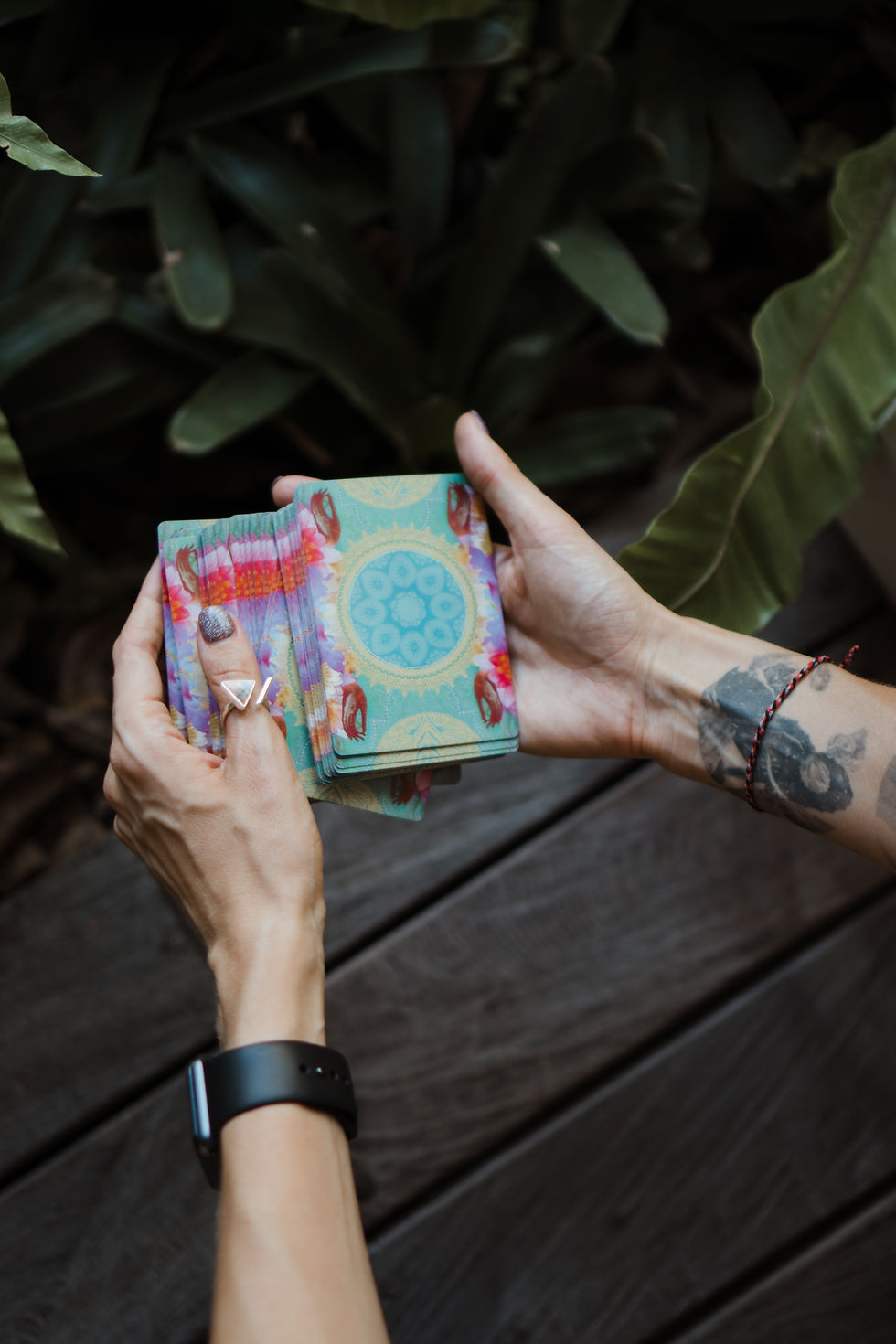
Tarot cards have long captivated people with their beautiful imagery and mysterious divinatory properties. For tarot novices, the 78-card deck can seem daunting at first glance. But by starting with a few key tips, anyone can begin unraveling the secrets of tarot card reading.
To begin, choose a tarot deck that appeals to you intuitively. Popular decks for beginners include the Rider-Waite and the Tarot Made Easy deck. Start getting familiar with the cards by looking through the deck and observing the imagery and symbols on each major and minor arcana card.
Next, learn the basic structure of a Tarot deck. There are 22 major arcana cards, with archetypal figures like The Fool, The Magician, or The Hermit. The remaining 56 minor arcana cards are divided into four suits corresponding to the elements and domains of life: Cups (water/emotions), Pentacles (earth/finances), Swords (air/mind) and Wands (fire/spirit).
Drawing single card readings is an easy starting point. Shuffle the cards, pull one, and examine its meaning as it relates to a question or situation you are focused on. Keep tarot journal notes documenting the card, its imagery, how you interpreted it, and any insights gained.
Don't worry about memorizing all the card meanings initially. Intuition plays a key role in tarot. With practice, the symbolic tarot imagery will trigger your own natural psychic interpretation. Trust your instincts as meanings arise. Continue practicing simple readings to build your interpretation skills over time.
Soon tarot's 78 messengers will unveil a colorful journey of self-discovery and mystical insights. Let these beginner tips pave the way to unlocking tarot's enduring power.
Choosing the right tarot deck
There is an incredible array of tarot deck designs to choose from these days. I prefer the more traditional-looking artwork within the Rider-Waite Smith system. However, I recommend selecting a tarot card design that speaks to you.
Here are some tips for choosing the right tarot deck for yourself as a beginner:
• Browse different deck styles and artwork and see which visual aesthetics appeal to you intuitively. There are many beautiful designs to consider.
• If interested in learning the Rider-Waite Smith system, look for a classic or modern reinterpretation of that classic deck.
• Decks with simpler imagery like the Tarot Made Easy can be great for beginners. Avoid overly abstract decks initially.
• Read deck descriptions and reviews to get a sense of the theme, personal symbols, and meanings emphasized in different decks.
• Consider your practice. For spiritual work, choose a more traditional deck. For psychological insight, a deck incorporating archetypes may suit.
• Notice how you feel energetically when you look at different deck images. Let the artwork you're most drawn to guide you.
• If interested in a specific path like Wicca or Jungian psychology, choose a deck aligned with that intention.
• When receiving a new deck, take time to handle the cards, sleep with them under your pillow, and tune into the energies to bond with the deck.
Choosing a tarot deck is very personal. Let your inner voice and mystical radar guide you to the perfect deck to begin your journey.
Is it okay to buy a used tarot deck?
There's no absolute rule against using a previously owned tarot deck. Some readers happily welcome pre-loved decks. However, there are some considerations when acquiring a used tarot deck:
• Cleanse the deck well to clear any residual energies from past owners. Incense, sound, crystals, moonlight are great clearing methods.
• Be aware the deck may already have an accumulated spirit attachment or imprint from heavy use. This can influence readings.
• Gently handle and store used decks to avoid any further wear and tear on the cards themselves.
• Used decks may have missing or damaged cards. Make sure the deck is complete and usable before purchasing.
• Charge and activate the deck with your own energy and intention to override old imprints and personalize it.
• If the deck has a challenging history or you sense heavy energy, it's safest to avoid using it. Trust your intuitive feelings.
With proper cleansing and charging, most used decks can become attuned to a new owner. But be selective and only use decks that feel spiritually clean and energetically aligned with you. Take steps to make pre-loved decks uniquely your own.
Cleansing and charging a tarot deck before using
It's not strictly necessary to cleanse or charge a new tarot deck before using it, but many tarot readers choose to take these extra steps:
• Cleansing helps purify and clear any residual energy from the manufacturing or transit process. You can pass the cards through incense smoke, leave in moonlight, or gently tap each card over a crystal.
• Charging infuses the deck with your energy and intention for the cards. This personalizes the deck and enhances your connection with it. You can envision white light entering each card while shuffling or sleep with it under your pillow.
• Activating the deck involves gently shuffling while focusing your intent for the deck, forming a bond with the cards, and even introducing yourself. Treat it as a spiritual tool.
• Interviewing the deck can help establish relationship by drawing a few cards like "How can I best learn and work with you?" Shuffle between each query.
• To space cleansing, you can cleanse cards before each reading to clear away other energies. Or cleanse periodically as general psychic maintenance.
While optional, cleansing and charging a tarot deck is embraced by many readers as a way to amplify the deck's energetic alignment with your purpose and forge a deeper mystical connection through ritual care.
Comments